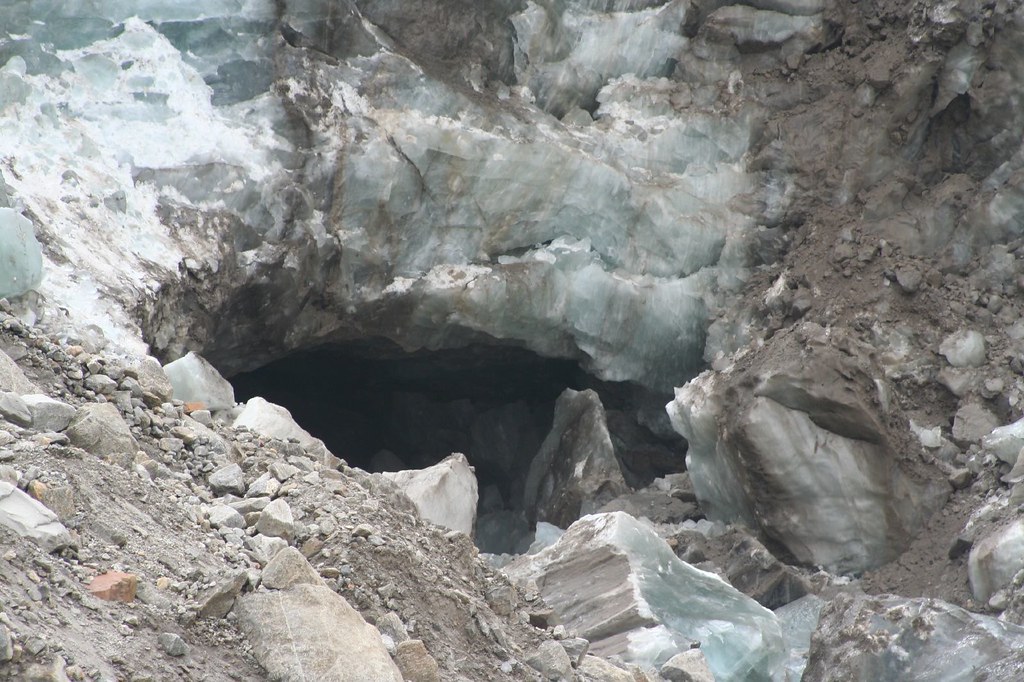Disappearing Ganga Glacier
Gaumukh, the snout of the Gangotri glacier, named after its shape like the mouth of a cow, has retreated by approximately 3 km which is an irreversible trend. Dwindling snowfall reduces the volume of water fed to the Bhagirathi, the main source of the Ganga. It was nearly two centuries ago that the retreat of the glacier was first documented by John Hodgson, a Survey of India geologist.
With ten Indian States reeling under drought and the country facing a severe water crisis after two weak monsoons, the disappearing freshwater sources such as the Himalayan glaciers are worrying. And though a three-kilometer retreat over two centuries might seem insignificant at first glance, data shows that the rate of retreat has increased sharply since 1971. The rate of retreat is now 22 meters per year.
The glacier is in retreat because less ice is forming to replace melting ice every year, a process that is continuing. Winter precipitation is when the glacier receives adequate snow and ice to maintain itself. About 10-15 spells of winter snow as part of western disturbances feed the glacier. But last year Gangotri received very little snowfall. We have also observed more rainfall and a slight temperature rise in the region, both of which transfer heat onto the glacier, warming it. In summers, the melting glacier feeds the Bhagirathi River, the source stream of the Ganga.
Dwindling snowfall has also reduced the volume of water in the river during the summer, compared to peak levels.
Small lakes have formed on top of the glacier, as you go beyond Gaumukh towards Tapovan.
Earlier the Gangotri glacier appeared as a convex shape structure from Tapovan, the meadow at the base of Shivling peak beyond Gaumukh, but now the glacier appears to be caving in.
Hundreds and thousands of cars and buses plying pilgrims and tourists to these places during the summer months. The Bhoj (birch tree) forests have disappeared in the region. But the process of global warming and climate change could well be part of a normal natural cycle also. But whatever may be the reason,
reversing this process of retreat is impossible now.
If glaciers continue to melt, this would not only lead to flooding and rock and ice collapses in the region, but would also have catastrophic consequences for the entire planet.
The main reason behind this is anthropogenic activities is industrialization, emissions of green house gases which are causing rise in global temperatures which lead to glaciers melting.
I feel that there is a dire need to seriously think and act on this issue of urgent national and international significance across ideological lines. There is an also an urgent need to think and act on this pivotal issue by the active participation of media, earth scientists, seismologists etc so as to arrive at a definite conclusion to aware the people extensively to safeguard our environment and avoid the surge in temperature.
I feel that the goverment should find ways and means to control this by initiating projects like massive rain water harvesting, water conservation, planting of trees in maximum numbers and making citizens and especially youth aware of protecting the environment etc. I also recommend introduction of environmental protection in the academic curriculum in schools and school projects at the pre-middle school level itself.
Article written by and Editorial credit: State Bureau Chief Himanshu Nauriyal.
